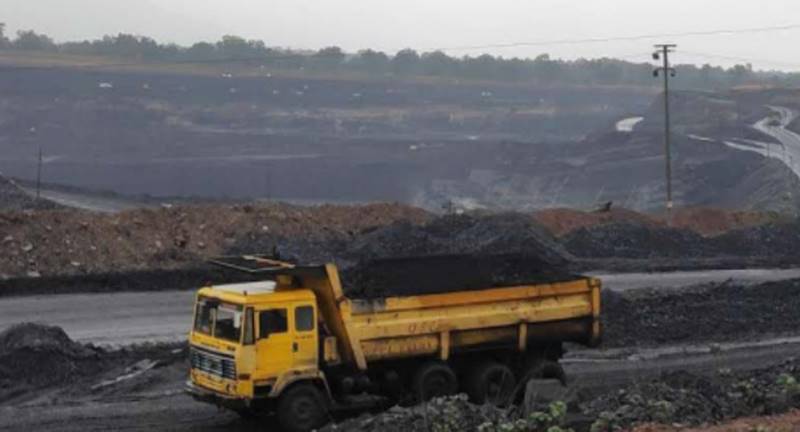Looming coal crunch in India and how it can be resolved. A leading environmentalist shares his thoughts
Coal shortage has been making headlines in the country with reports suggesting that only a limited reserve for a few days is left. Chandra Bhushan, a leading environmentalist, explains what led to such a crisis and also clears the air about other environmental concerns surrounding coal in India.

“This (shortage of coal) is a short-term problem. It is a problem of planning, and it wasn’t difficult to predict,” Chandra Bhushan, a leading public policy expert on environment and climate change and the founder of iForest, an independent non-profit environmental organisation based in New Delhi, told Gaon Connection. He outlined how power plants in India consume 1.5-2 million tonnes of coal and usually have a reserve of at least one to two weeks as back-ups.
“Before the monsoon, the yield of coal mines is increased since mining is difficult during the monsoons. This time, the situation was different since the demand was less during the pandemic. However, the demand shot up once the economy opened up. But, on the other hand, the monsoons were prolonged which led to shortage of coal,” he said.
In the latest episode of Gaon Cafe hosted by Nidhi Jamwal, Deputy Managing Editor, Gaon Connection, Chandra Bhushan explained the reasons behind the concerns that power plants might shut down due to coal shortage in India.
“It wasn’t difficult to project that when covid cases would go down, the economy would open up then yield would have to be increased because the economy’s energy needs were expected to increase. Similarly, it wasn’t difficult to predict that the monsoon would be extended. India Meteorological Department (IMD) had predicted the prolonged monsoon well in advance,” he pointed out.
In the coming days the shortage can be reduced because India’s power plants are operating at 1,75,000 Megawatt (MW) which is well under its peak capacity of 2,20,000 MW, Bhushan said. The requirement of domestic coal in the power plant can be fulfilled by domestic mining capacity in the country, he added.

“We can minimise usage of coal by 2050”
According to Bhushan, since renewable energy in India, including solar, wind and hydropower, is intermittent, its capacity factor to produce electricity is between 20-40 per cent. Coal plants on the other hand, in good working order, can provide electricity 75-80 per cent of the time. This makes India heavily dependent on coal. However, 70 per cent of investment in the energy sector on new plants is in non-coal sectors, he said
“If this trend continues, then in the next ten to fifteen years, we might be able to meet fifty per cent of our electricity capacity through non-coal options,” he said. Elaborating on the benefits of switching from coal to non-coal, he stated that coal generated from thermal power plants is a major source of air pollution, water pollution and fly-ash. Fifty per cent of the carbon dioxide in the country is generated through coal, he added. Hence, it is beneficial to switch to greener options in the next two to three decades for economic, social, and environmental reasons.
Also Read: Explained: Is coal shortage leading to a ‘power crisis’ in India?

Just Transition
Bhushan highlighted the concept of “Just Transition” which states we need to reduce dependence on coal since it will benefit us economically and environmentally, it should be done in an organized and planned manner. Areas where coal is the source of livelihood, and economic growth shouldn’t suffer.
“Coal mining takes place in about 25 districts of India. However, 120 districts are dependent on coal in India. If we want to reduce coal dependence, then we also need to restructure the economy of all these districts,” Bhushan explained.
“We need to provide people whose livelihoods depend on coal with an alternative livelihood because these districts are mono-industry dependent. There’s a need to reskill those people who are probably going to lose their jobs in the future. New kinds of industries need to be set-up,” he stated.

